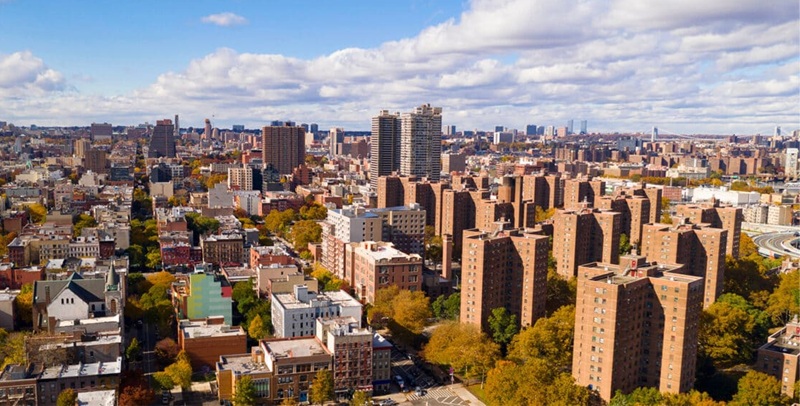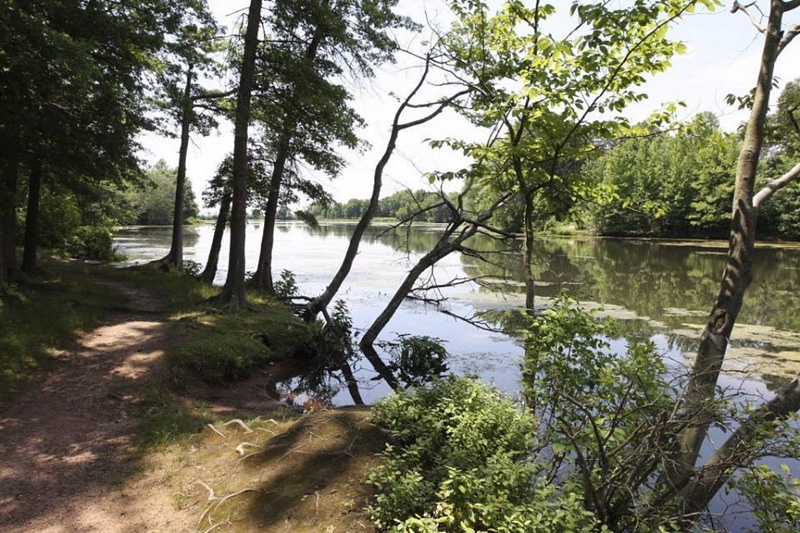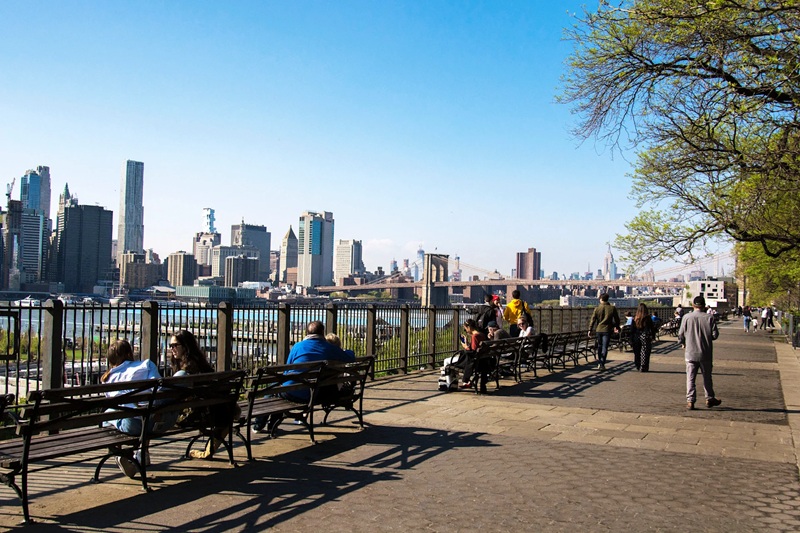
Harlem, located in the northern section of Manhattan, is a neighborhood rich in history, culture, and resilience. Renowned as the epicenter of African American culture and the birthplace of the Harlem Renaissance, it is a community that has shaped and continues to influence the arts, politics, and social movements in the United States and beyond.
A Historical Overview
Originally settled by Dutch farmers in the 1600s, Harlem transformed over centuries into a vibrant cultural hub. By the early 20th century, it became the center of African American life, thanks in part to the Great Migration, when Black families moved north seeking better opportunities and freedom from the racial oppression of the South.
- The Harlem Renaissance (1920s-1930s): This cultural explosion gave the world iconic figures such as Langston Hughes, Zora Neale Hurston, Duke Ellington, and Bessie Smith. Harlem became a beacon of Black artistry, intellectualism, and activism.
- Civil Rights Era (1960s): Harlem played a key role in the fight for racial equality. Activists like Malcolm X and organizations such as the NAACP and the Nation of Islam had strong presences in the community.
Cultural Landmarks
Harlem is home to some of New York City’s most iconic landmarks, each telling a story of resilience and creativity:
- The Apollo Theater: Opened in 1914, the Apollo has been a launching pad for legends like Ella Fitzgerald, James Brown, and Aretha Franklin. Amateur Night at the Apollo remains a beloved tradition.
- The Schomburg Center for Research in Black Culture: A branch of the New York Public Library, this institution houses one of the world’s leading collections of materials documenting the African diaspora.
- Sylvia’s Restaurant: A soul food institution, Sylvia’s has been a gathering place for locals and celebrities alike since 1962.
A Hub of Art and Music
Harlem’s contribution to the arts is unparalleled:
- Jazz and Blues: Clubs like Minton’s Playhouse and the Cotton Club were legendary venues that nurtured the talents of jazz icons such as Charlie Parker, Thelonious Monk, and Billie Holiday.
- Literature: Writers of the Harlem Renaissance, including Langston Hughes and Claude McKay, used their work to express the struggles and triumphs of Black life in America.
- Contemporary Art: Today, spaces like the Studio Museum in Harlem continue to showcase works by emerging and established Black artists.
A Changing Neighborhood
In recent decades, Harlem has undergone significant changes:
- Gentrification: Rising real estate prices and an influx of new residents have reshaped the neighborhood. While some view this as a revitalization, others raise concerns about the displacement of longtime residents and the loss of cultural identity.
- Economic Growth: New businesses, restaurants, and cultural events have brought renewed energy to Harlem, making it a destination for locals and tourists alike.
Community and Resilience
Despite the changes, Harlem remains a community rooted in pride and resilience:
- Events: Annual events like the Harlem Week festival and African American Day Parade celebrate the neighborhood’s rich history and culture.
- Activism: Harlem continues to be a center for social justice movements, with organizations and leaders advocating for affordable housing, education, and racial equity.
The Spirit of Harlem
To walk through Harlem is to experience a living history—a neighborhood that has shaped the world through its contributions to art, music, politics, and culture. From the historic brownstones lining its streets to the vibrant murals that tell its stories, Harlem is a testament to the enduring spirit of a community that has faced challenges with creativity, unity, and strength.
For visitors and locals alike, Harlem is more than just a neighborhood; it is a symbol of the rich tapestry of New York City’s identity and the indomitable spirit of its people.
Whether you’re exploring the jazz clubs on 125th Street, enjoying a meal at a historic eatery, or learning about history at the Schomburg Center, Harlem offers an experience that is as dynamic and inspiring as its legacy.

